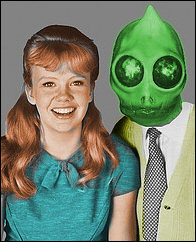Once upon a time, hundreds, if not thousands, of missives were sent off on a regular basis to a publisher by the readers of pulps and comic books. Other than sales figures, the letters a publisher would receive used to be the only good indicator of the mood and habits of the buying public.
The letters were with some exceptions representative of the consumer base.It was sort of a lottery, too, for the reader. There was a sort of fandom cache in the 1970s and 1980s if you had a letter printed in a comic book. Getting a letter printed meant you were a participant in the story of your favorite characters and became more than an observer peering in through that small window on the fourth wall. Among other ways related to talent and hard work, regular correspondence was also one way of breaking into the comic book business by being familiar to the editors and creators of a comic book company. Some letters to the Editor were a form of promotional advertising if not a resume or portfolio, much like some blogs are in this era. Today, the availability of feedback via the internet and the cost of the printed page has mostly done away with the letters page though it has been making a bit of a comeback in a few titles, namely The Walking Dead by Kirkman.
As a reader of everything from old pulps to modern message boards it is clear that not much has changed in the way readers express themselves and their opinions. The sense of fan-entitlement, outrage, general bitching and generic, toadying praise of any given title is about the same in content and tone. The Editors even flame back in response to a few letters. One letter from a young girl in San Diego is kind of heart-warming even though she does take pains to assure the Editors she is not a "crack pot" in that she has an un-girly fascination with monsters.
Critiques, given the limitation of space in the Planet Comics pages, are usually in reference to how high on the "hubba-hubba" scale the female characters rate. A few letters are from fans who are really into role-playing and submerge themselves into the different characters by writing the letters from the viewpoint of a Martian or other alien. All in good fun though as it seems to be an attempt to be part of something enjoyable and not just a passive observer. A disproportionate number of fans really, really hate the floppy and impractical boots of The Lost World's character of Hunt Bowman. Loosely-fitting footwear may have been the Golden Age equivalent of superfluous belt pouches and gigantic shotguns to the serious comic book aficionado of the 1940s.
The Vizigraph:









.jpg)















